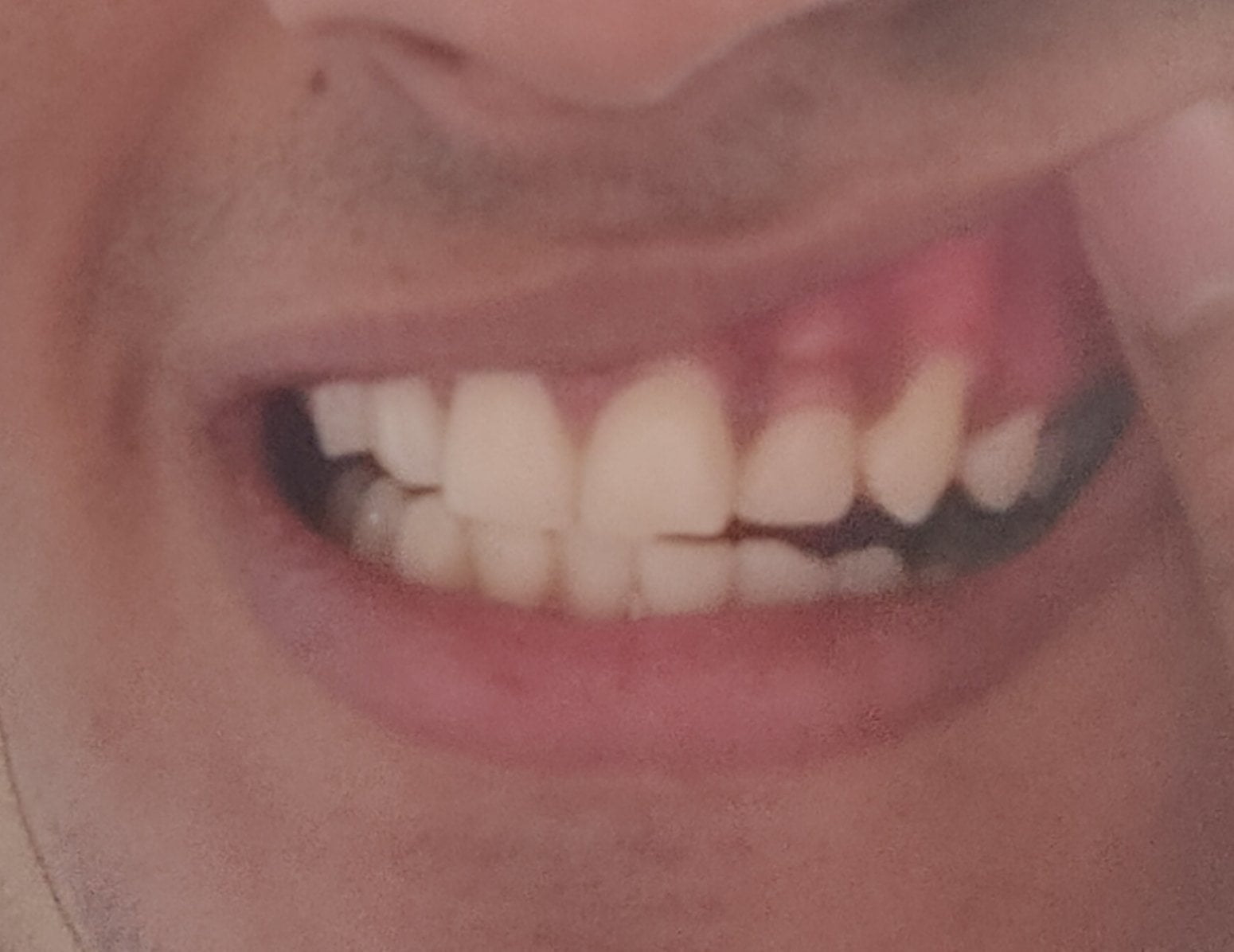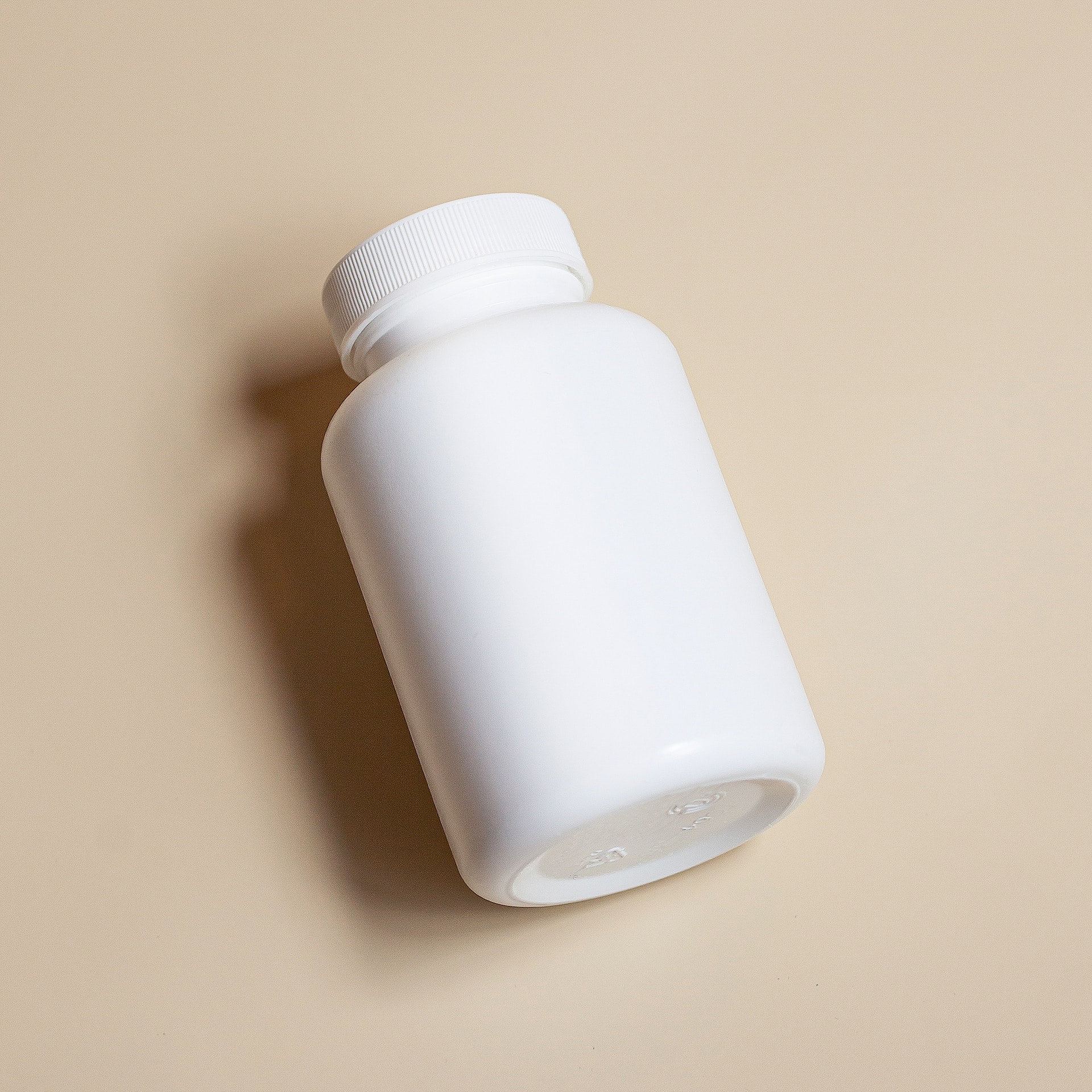White Line Inside Cheek

A white line inside the cheek, also known as a linea alba, is a common oral phenomenon that can be caused by a variety of factors. This condition is characterized by a visible white line or streak that appears on the inside of the cheek, typically on the buccal mucosa, which is the mucous membrane that lines the inside of the mouth.
Causes of White Line Inside Cheek
There are several possible causes of a white line inside the cheek, including:
- Friction and Irritation: The most common cause of a white line inside the cheek is friction and irritation, usually due to habitual cheek biting or chewing. This can cause the skin to become thickened and white, leading to the formation of a visible line.
- Oral Lichen Planus: Oral lichen planus is a chronic inflammatory condition that can cause white patches or lines to appear on the inside of the cheek. This condition is characterized by an autoimmune response, where the immune system mistakenly attacks the mucous membranes in the mouth.
- Leukoplakia: Leukoplakia is a precancerous condition that can cause white patches or lines to appear on the inside of the cheek. This condition is often caused by chronic irritation, such as from tobacco use or poor oral hygiene.
- Dental Problems: Dental problems, such as a misaligned bite or a sharp tooth edge, can cause friction and irritation on the inside of the cheek, leading to the formation of a white line.
- Nutritional Deficiencies: Nutritional deficiencies, such as a lack of vitamin B12 or iron, can cause changes in the appearance of the mucous membranes, including the formation of a white line inside the cheek.
Symptoms and Diagnosis
A white line inside the cheek can be accompanied by a range of symptoms, including:
- A visible white line or streak on the inside of the cheek
- Redness or inflammation around the affected area
- Pain or tenderness when biting or chewing
- Dryness or cracking of the mucous membranes
- Bad breath or a metallic taste in the mouth
To diagnose the cause of a white line inside the cheek, a dentist or oral health specialist will typically perform a physical examination and take a thorough medical history. They may also use specialized tests, such as a biopsy or imaging studies, to rule out underlying conditions.
Treatment and Prevention
The treatment for a white line inside the cheek depends on the underlying cause. In some cases, the condition may resolve on its own with simple self-care measures, such as:
- Avoiding habits that cause friction and irritation, such as cheek biting or chewing
- Practicing good oral hygiene, including regular brushing and flossing
- Using a humidifier to add moisture to the air and prevent dryness
- Avoiding tobacco and other irritants
In other cases, more advanced treatments may be necessary, such as:
- Topical corticosteroids or anesthetics to reduce inflammation and pain
- Antifungal or antibacterial medications to treat underlying infections
- Surgery or laser treatment to remove precancerous or cancerous lesions
- Dietary changes or supplements to address nutritional deficiencies
FAQs
What is the most common cause of a white line inside the cheek?
+The most common cause of a white line inside the cheek is friction and irritation, usually due to habitual cheek biting or chewing.
Is a white line inside the cheek a sign of oral cancer?
+A white line inside the cheek can be a sign of a precancerous condition, such as leukoplakia, but it is not always a sign of oral cancer. A dentist or oral health specialist can diagnose the underlying cause and recommend treatment.
How can I prevent a white line from forming inside my cheek?
+To prevent a white line from forming inside your cheek, practice good oral hygiene, avoid habits that cause friction and irritation, and avoid tobacco and other irritants.
In conclusion, a white line inside the cheek can be caused by a variety of factors, including friction and irritation, oral lichen planus, leukoplakia, dental problems, and nutritional deficiencies. While the condition can be unsightly and uncomfortable, it is often treatable with simple self-care measures or more advanced treatments. By practicing good oral hygiene and avoiding habits that cause friction and irritation, you can reduce your risk of developing a white line inside your cheek.

